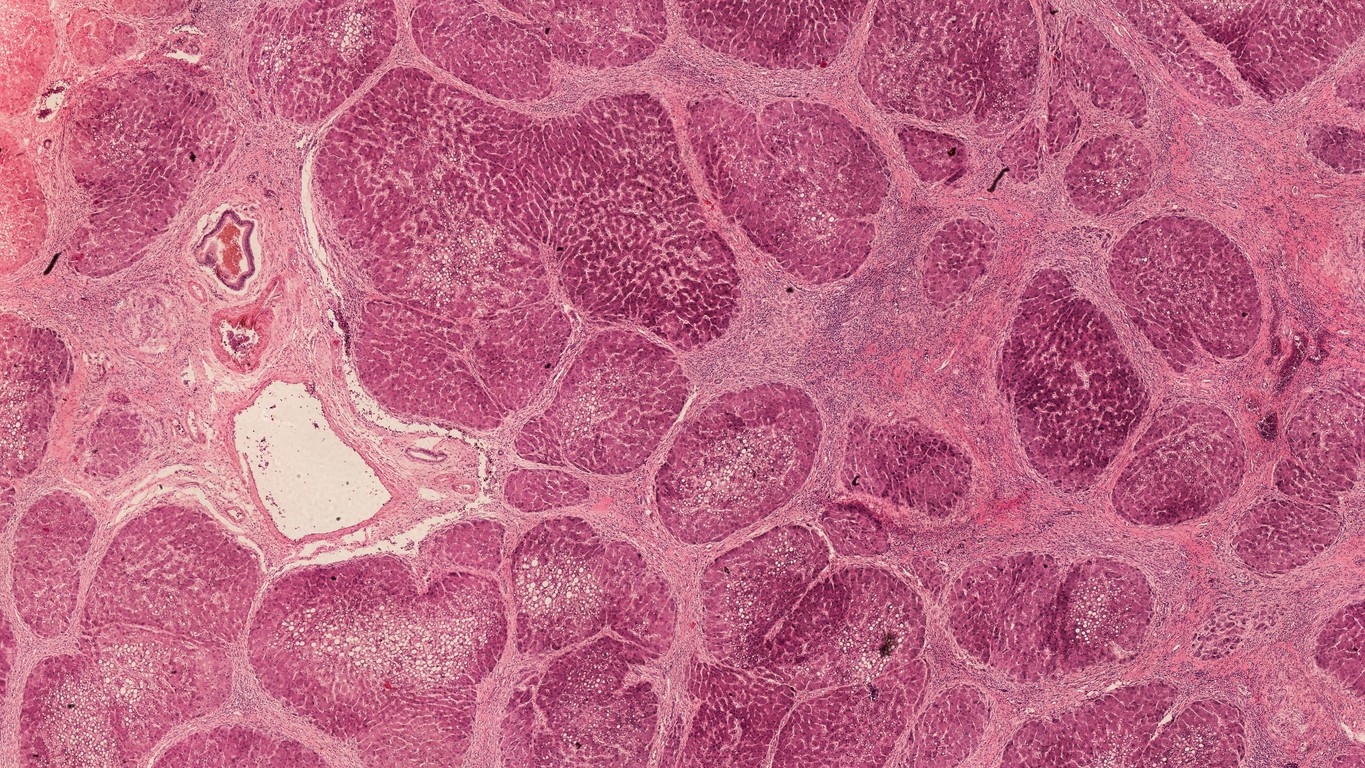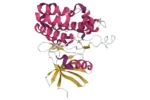B7-33 Specifications:
Sequence: VIKLSGRELVRAQIAISGMSTWSKRSL
PubChem SID: 318164840
Synonyms: (B7-33) H2, GTPL9321
Mechanism of Action:
Researchers suggest that B7-33 potentially exceeds the capability of the Relaxin protein to preferentially act through the pERK Pathway rather than the cAMP-mediated pathway. Additionally, it may have a greater affinity to bind to RXFP1 receptors than Relaxin. However, the antifibrotic potential of the peptide is suggested to be mediated through RXFP1-angiotensin II type 2 receptors stimulation. It might further activate the pERK1/2 pathway, potentially leading to enhanced production of Matrix Metalloproteinase (MMP)-2. These collagen-degrading proteins could play a role in controlling fibrosis and preventing scarring. This potential of B7-33 may be induced through pERK1/2 without activating the cAMP pathway. Researchers suggest this is important because studies indicate cAMP to have a tumor-promoting potential, the most dreadful impact associated with the full-sequence Relaxin. Another speculated advantage of B7-33 over H2-relaxin protein is its less complicated structure. It may make it less laborious to produce it in the laboratories while retaining all the properties associated with the native Relaxin proteins.
Research Implications of B7-33:
- Antifibrotic Potential: Fibrosis (scarring) occurs following significant tissue damage, as the cells knit back together in an irregular consistency to the surrounding tissues. Researchers suggest internal fibrosis may be a significant factor in chronic inflammatory diseases. Chronic liver, heart, or lung disease fibrosis is speculated to be the leading cause of organ failure. It has been suggested that controlling this unorganized tissue regeneration may prevent organ failure. A study on H2-relaxin proteins suggest their potential to reduce fibrosis following an ischemic injury to the heart. The peptide appeared to induce an immediate vasodilatory effect in the heart that might lead to a speculated reduction in long-term scarring. A study performed on rat models suggests that exposure to B7-33 reduced scarring by approximately 50% following significant tissue damage. This speculated reduction in fibrosis might eventually lead to improved cardiac function with lesser long-term complications associated with heart failure.
- Blood Vessel Protection and Preeclampsia: Researchers suggest that B7-33 possesses vasoprotective potential, comparative to Relaxin-2 (Serelaxin) against long-term scarring and endothelial dysfunction. It appears to do this through the activation of bradykinin-mediated relaxation of arteries that is endothelium-dependent. B7-33 might be more selective in its action as compared to Serelaxin.
Preeclampsia is considered to be a common complication of pregnancy that may prove life-threatening to the mother and the fetus. It is characterized in part by high blood pressure in the mother and reduced fetal weight. A recent study provided data to suggest that B7-33, by stimulating RXFP-1 receptors, may lead to enhanced Vascular Endothelial Growth Factor (VEGF) production. VEGF might stimulate the production of the cytotrophoblast cells in the fetus, which are speculated to be responsible for developing blood flow from mother to fetus. B7-33 might help improve the fetus’s survival by prolonging the speculated duration of pregnancy in cases of premature delivery.
Disclaimer: The products mentioned are not intended for human or animal consumption. Research chemicals are intended solely for laboratory experimentation and/or in-vitro testing. Bodily introduction of any sort is strictly prohibited by law. All purchases are limited to licensed researchers and/or qualified professionals. All information shared in this article is for educational purposes only.






